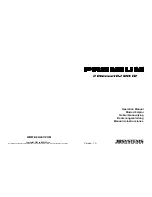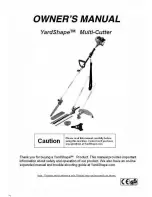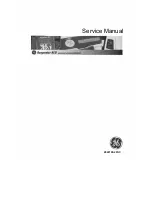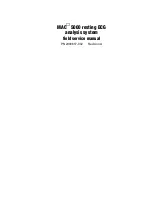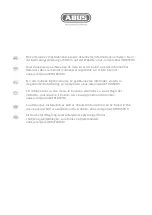
72
10 Communication
10-1 Connecting to Other Devices
This product can be connected to a computer to upload data or operate the FLD-1 remotely.
The following two communication methods are available.
(1) Communication via a USB Connection
Use the USB connector inside the control panel. Connect the FLD-1 to a computer using a
commercial USB cable (A-B type) obtained separately.
Note: The USB driver is available for download from the Sibata website.
(2) Communication via an RS-485 Connection
Use the RS-485 output connector on the back of the instrument. For instructions on
connecting cables, see 5-2 RS-485 Outputs (page 31).
10-2 Communication Specifications
Communication Standards
Communication Standards
RS-232C
(4800, 9600, 19200, or 38400 baud,
8-bit, 1 stop bit, no parity, RTS/CTS)
Synchronization Method
Start-stop synchronization
Character Code
ASCII
Error Detection
BCC
Communication Messages
•
Give the computer as the host and the FLD-1 unit as the slave, communication actions are
always initiated by the computer. The FLD-1 never initiates communication actions or
requests.
•
When the FLD-1 receives a command message from the computer, it returns a response
message that begins with the string <STX>,* unless there is a communication error.
•
If a communication error is detected, such as an overrun, framing, or BCC error, the FLD-1
returns only <NAK>* instead of a response message.
* The angle brackets indicate a control code.
































